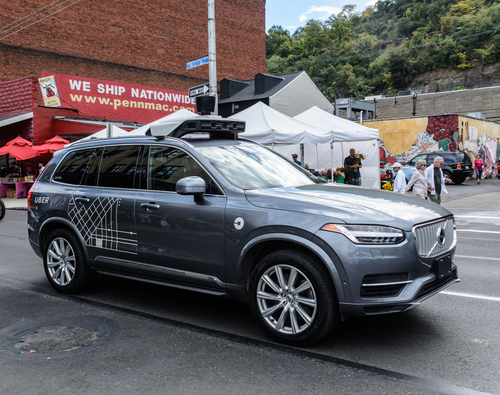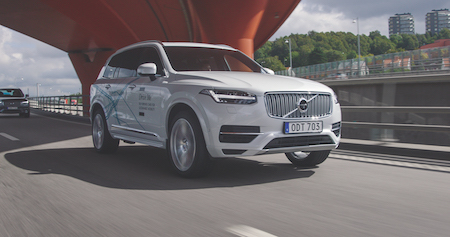A 49-year-old woman, Elaine Herzberg, was crossing the street on Sunday night in Tempe, Arizona, part of Uber’s Phoenix testing area, after establishing itself in Pittsburgh, San Francisco, and Toronto, when the vehicle struck her. Police have said that Elaine was not using the pedestrian crossing, and that the vehicle was in autonomous mode, with the required human overseer present. Uber has said that “hearts go out to the victim’s family” and that it would be cooperating with the local authorities, while it has also pulled testing of its vehicles for the time being.
This is not the first time that the ridesharing company has taken its programme offline. Last year, it was involved in an incident, also in Arizona, that left a Volvo SUV on its side. The programme was later reinstated. This is likely to be the first accident with an autonomous vehicle that has killed a pedestrian.
The high profile nature of these incidents is damaging to the image of autonomous vehicles as they have to fight to win public confidence. Many are still keen to place this tragic accident in a wider context, that is that autonomous vehicles are still set to increase safety and reduce fatal accidents like this. Others, such as Consumer Watchdog, are pushing for stronger regulation of the technology and for it come in as fast as possible.
The fact that there was a human safety driver behind the wheel could further complicate matters, as they could be held legally responsible. It is, after all, supposed to be their job to take over if necessary to avoid accidents, but it is yet to be determined if there was anything that could have been done by human interference. The outcome of this incident could well be a milestone in the direction that regulation of autonomous vehicles takes.
References: BBC Futurism TechCrunch


.jpg)
.jpg)
.jpg)

.jpg)




